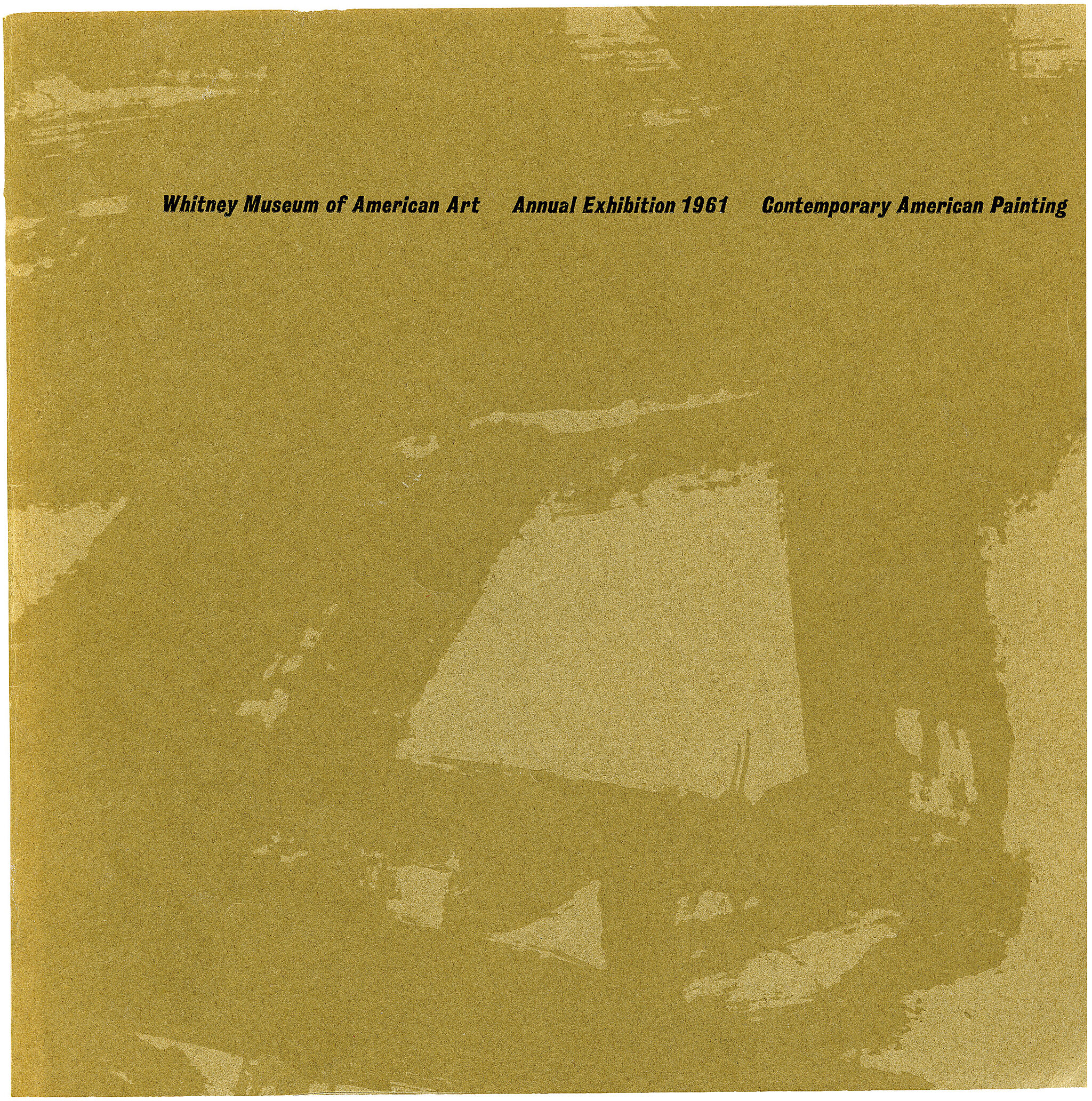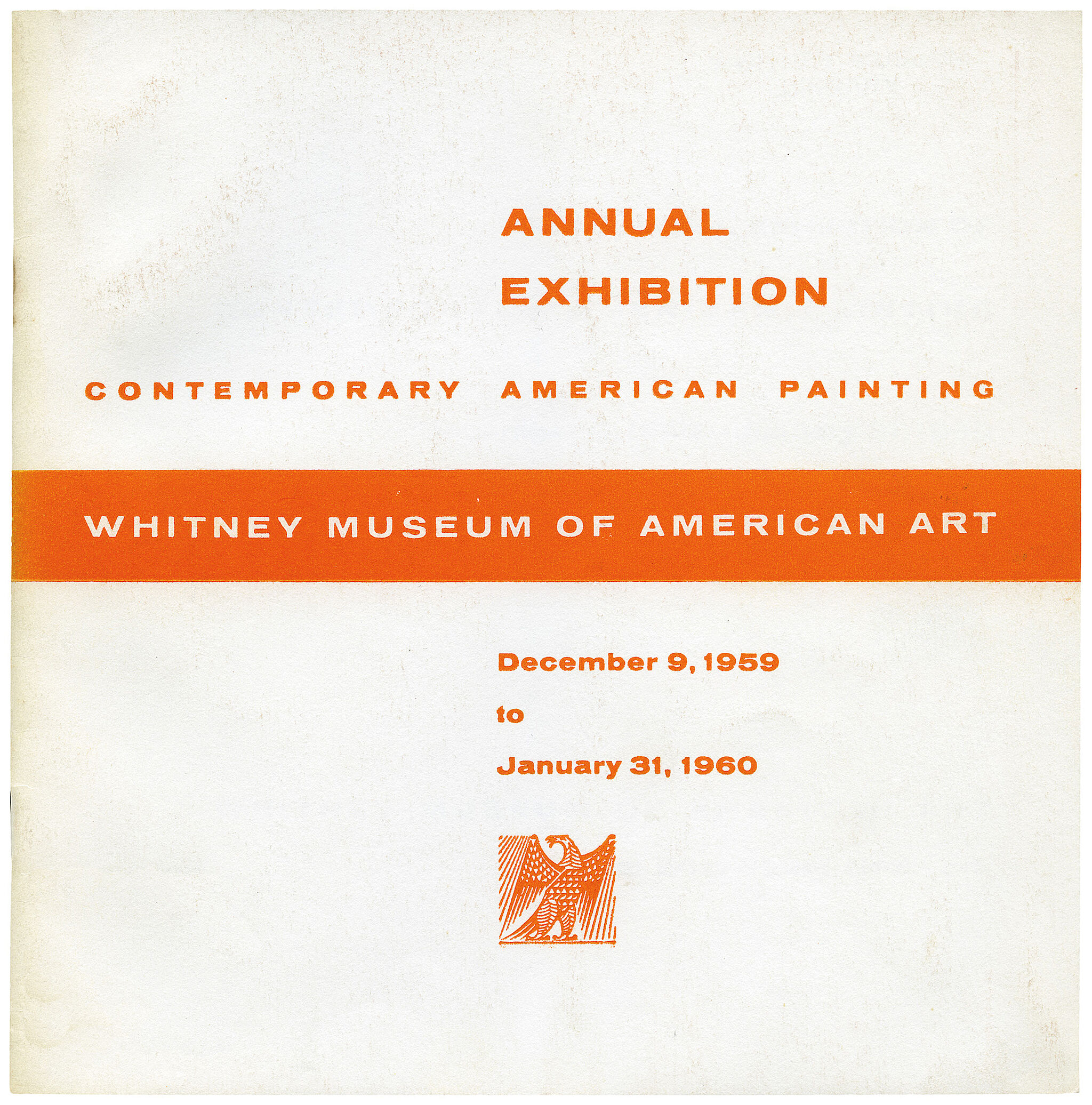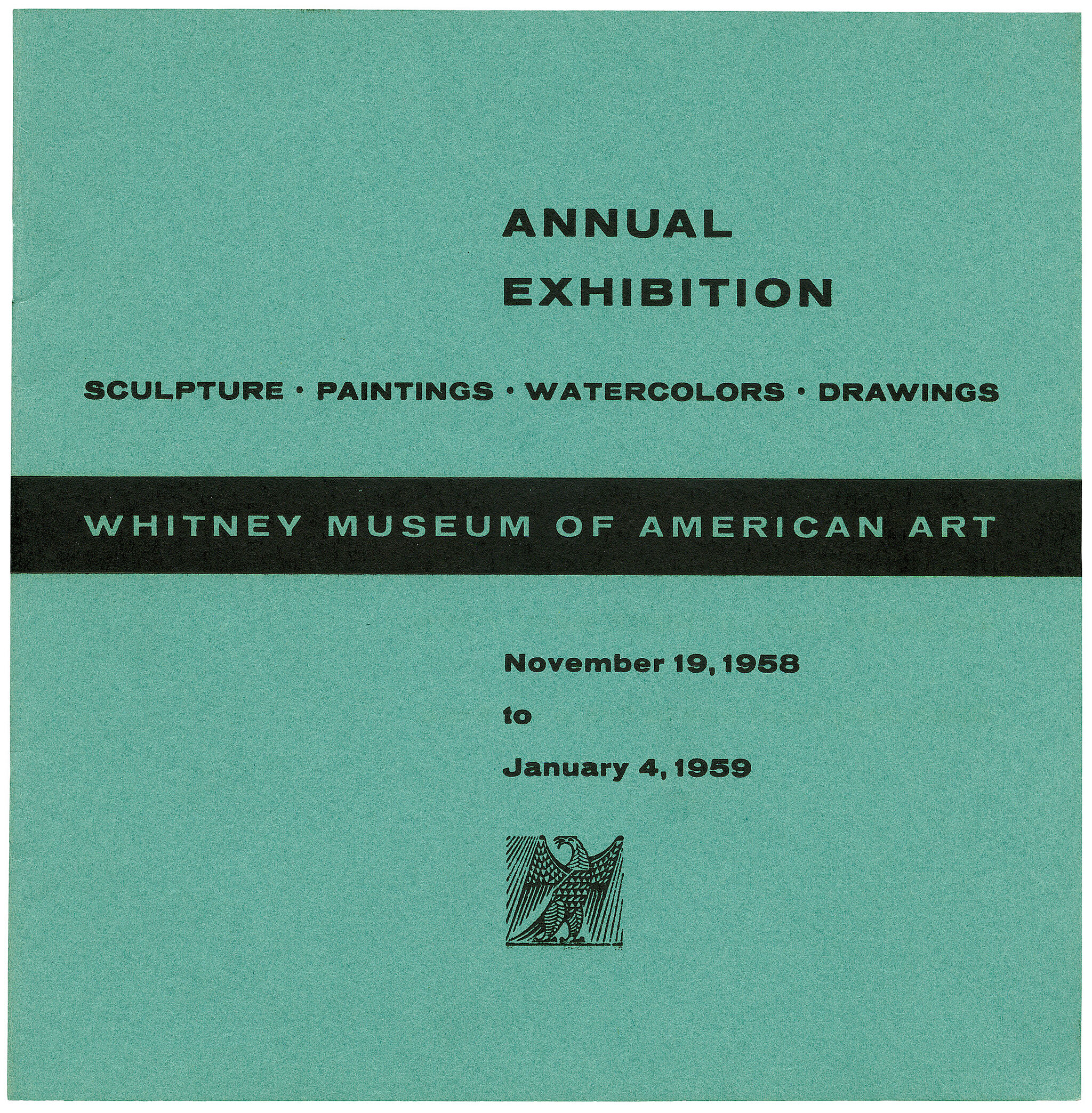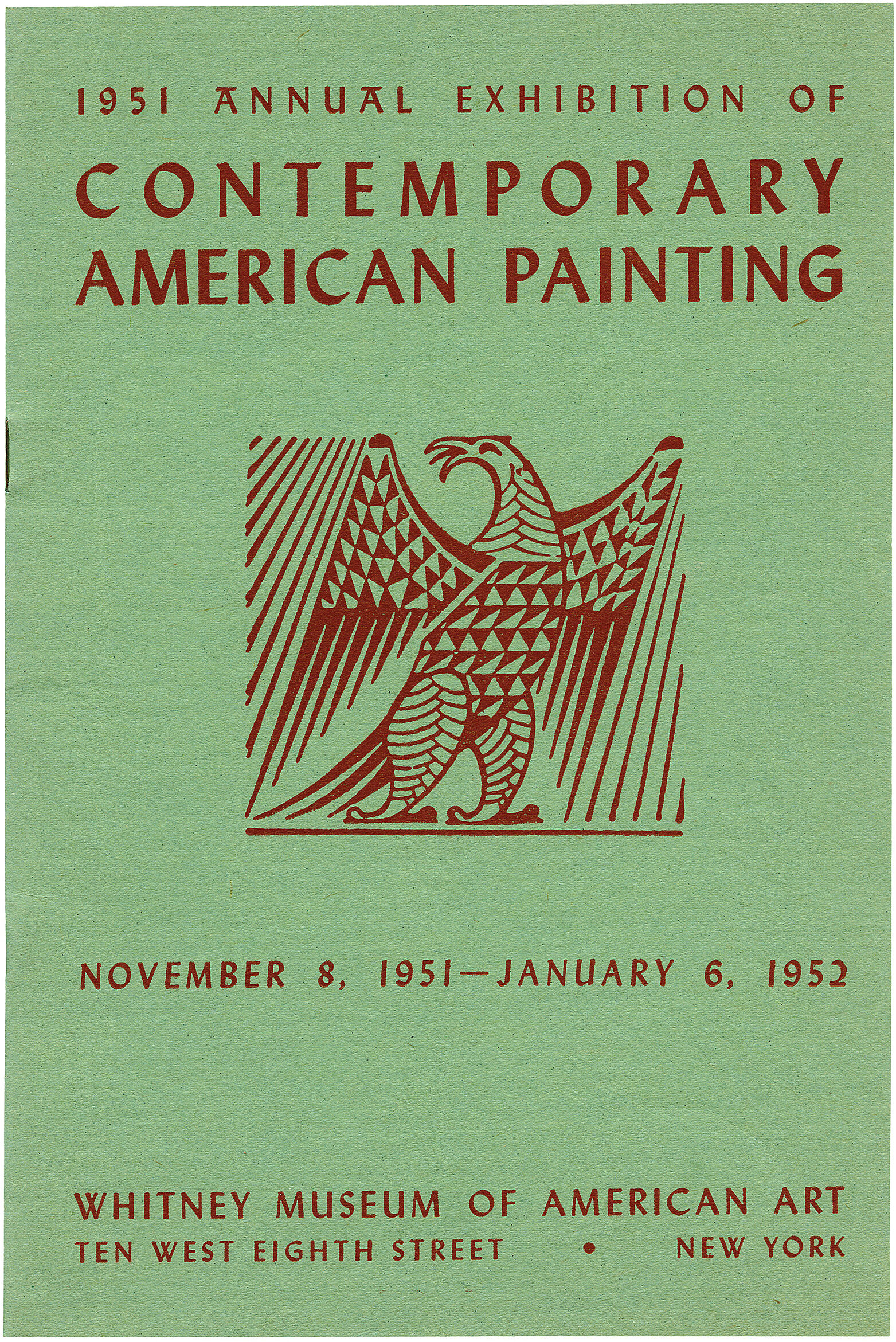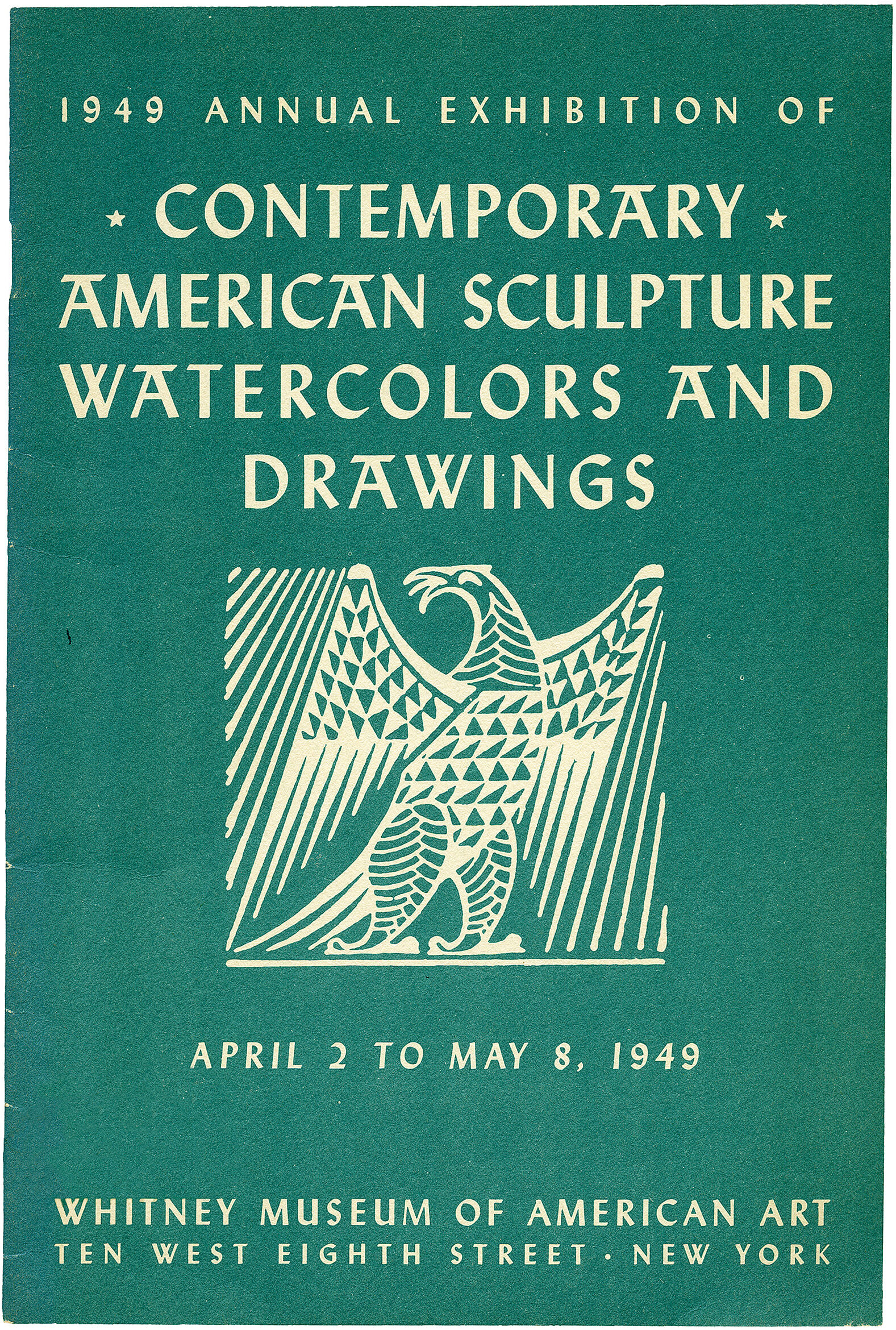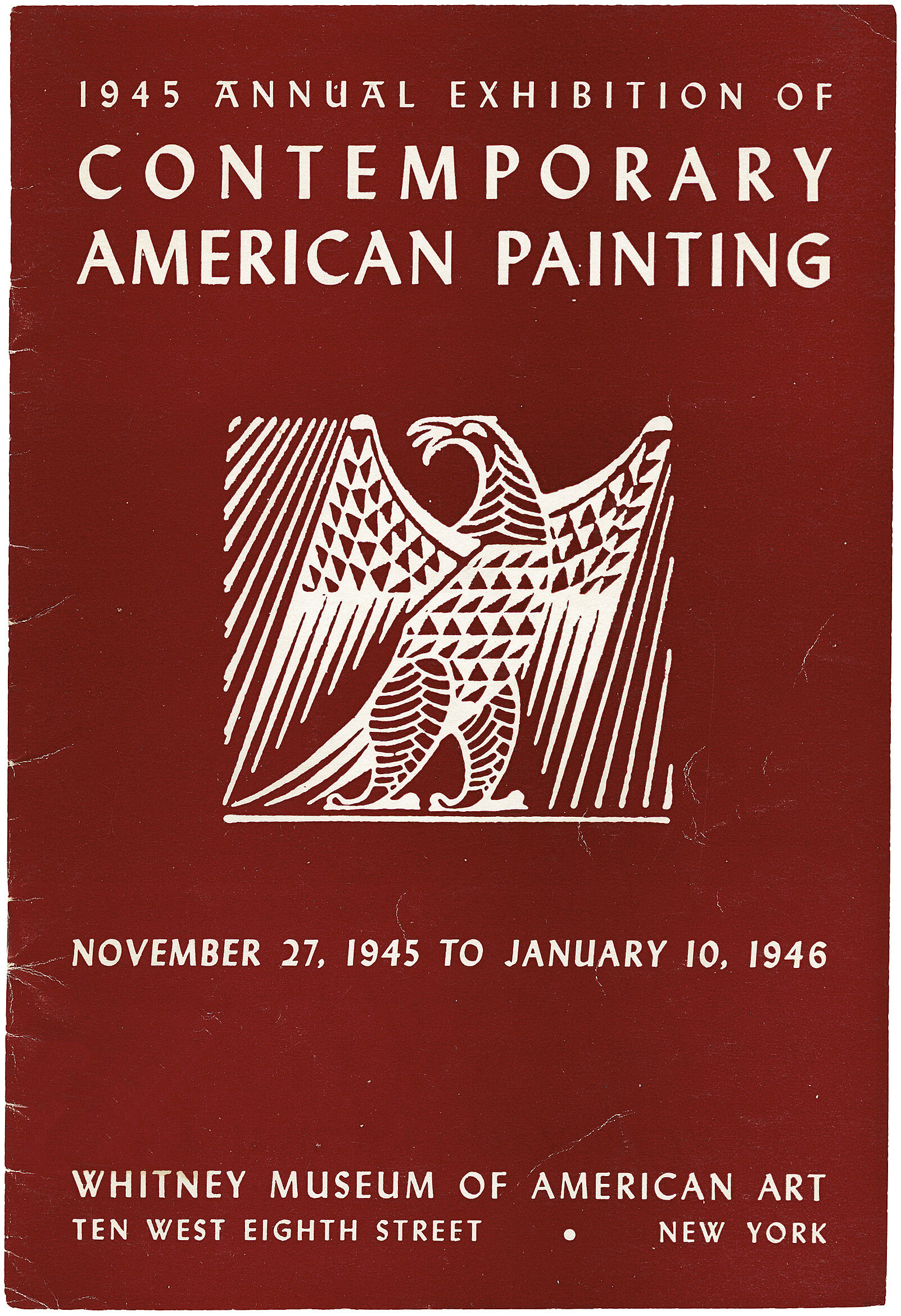Robert Motherwell
1915–1991
Robert Motherwell’s Afternoon in Barcelona epitomizes the bold chromatic contrasts and charged gestures that mark the artist’s signature canvases. Although nonrepresentational, the imagery evokes natural forms, perhaps scenery viewed during Motherwell’s travels in Spain in the late 1950s (the work is part of his Iberia series). Indeed the tripartite configuration—which he called a “dolmen,” in reference to prehistoric stone megaliths— may have associations with the bull ring in Barcelona. Talking about two other paintings in the same series, he stated: “You would have to know that a Spanish bull ring is made of sand of an ocher color, and that Spanish bulls are very small, quick, and coal black. Both of those coal black, ocher pictures have a bull in them, but you cannot really see the bull. They are an equivalence of the ferocity of the whole encounter.” While the angular shapes lend the work a loose structure, the artist’s slashing brushwork suggests that his creative process may have been largely spontaneous, particularly as he was influenced by Surrealist automatism, a free-associative technique of drawing or painting thought to better access the subconscious.
Along with Jackson Pollock, Willem de Kooning, and Mark Rothko, Motherwell was a leading figure of the New York School, one whose paintings, drawings, prints, and collages imparted the Surrealists’ biomorphic forms and intuitive methods to the grand scale and allover compositions that distinguished Abstract Expressionism. Motherwell was an early theorizer of the movement, promoting its modernist ideals through his activities as a writer, editor, teacher, and lecturer.
Introduction
Robert Motherwell (January 24, 1915 – July 16, 1991) was an American abstract expressionist painter, printmaker, and editor of The Dada Painters and Poets: an Anthology. He was one of the youngest of the New York School, which also included Willem de Kooning, Jackson Pollock, and Mark Rothko.
Trained in philosophy, Motherwell then became an artist regarded as among the most articulate spokesmen and the founders of the abstract expressionist painters. He was known for his series of abstract paintings and prints which touched on political, philosophical and literary themes, such as the Elegies to the Spanish Republic.
Wikidata identifier
Q165275
Information from Wikipedia, made available under the Creative Commons Attribution-ShareAlike License . Accessed January 2, 2026.
Introduction
Motherwell was a major figure of the Abstract Expressionist generation, his work encompassing the automatism of the Surrealists, the expressive brushworks of action painting, and the saturated hues of field painting. At the age of eleven, he was awarded a fellowship to the Otis Art Institute in Los Angeles, and went on to the California School of Fine Arts in 1932. He received his BA in philosophy from Stanford University in 1936. Motherwell began his career as a painter in 1939 in Paris, where he had his first solo exhibition, and studied art history from 1940 to 1941 at Columbia University in New York. There he met Roberto Matta, Meyer Schapiro, and other exiled European artists associated with Surrealism. Emotionally charged brushwork and severely structured abstract were painted during this period, but in 1943, Motherwell produced a series of dark, menacing works in Response to World War II. The work for which he is best known, the series "Elegy to the Spanish Republic XXXIV" (1953-1954), are large abstracts that reflect his generation's despair at the lost cause of the Spanish Civil War. During the 1950s, Motherwell spent most of his time lecturing and teaching, notably at Black Mountain College in North Carolina. It was during this time he worked on his most influential literary achievement, "The Dada Painters and Poets: An Anthology" (New York, 1951). In 1952, Motherwell and Ad Reinhardt produced the journal "Modern Artists in America." Motherwell and Helen Frankenthaler were married from 1958 to 1971. From 1968 to 1972, Mortherwell worked on a series of paintings called "Open," which reflected the new style of color field painting. His later works returned to more traditional Abstract Expressionist vocabulary.
Country of birth
United States
Roles
Artist, author, collagist, editor, graphic artist, lecturer, painter, publisher
ULAN identifier
500016415
Names
Robert Motherwell, Robert Burns Motherwell
Information from the Getty Research Institute's Union List of Artist Names ® (ULAN), made available under the ODC Attribution License. Accessed January 2, 2026.










